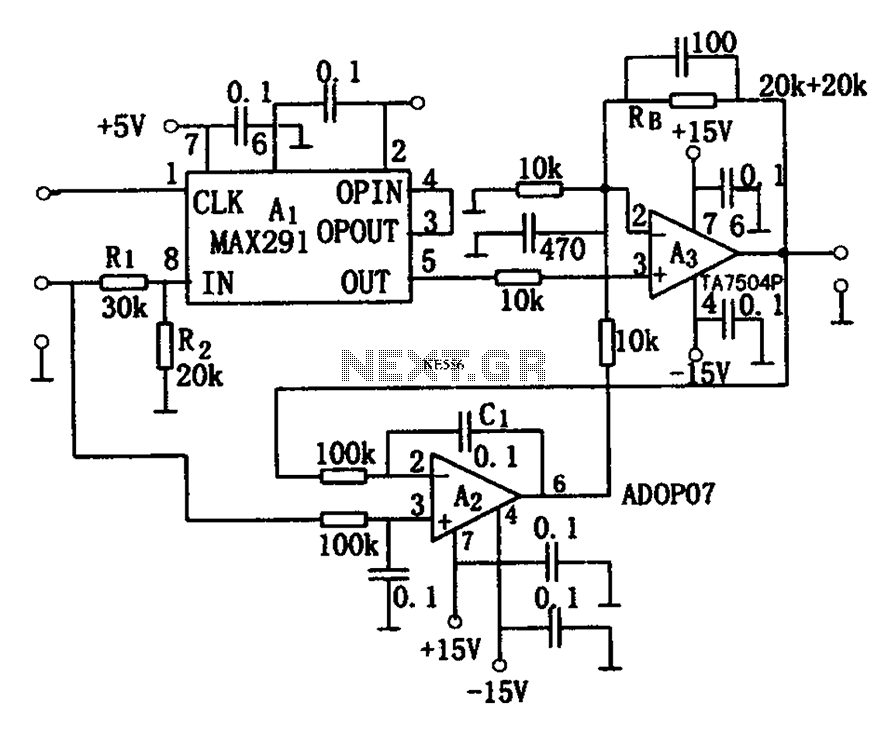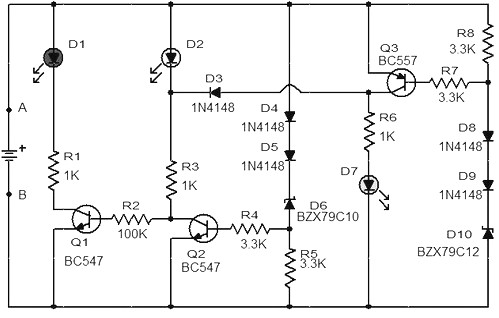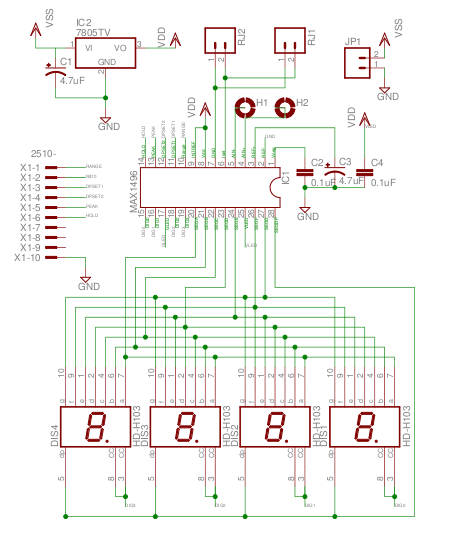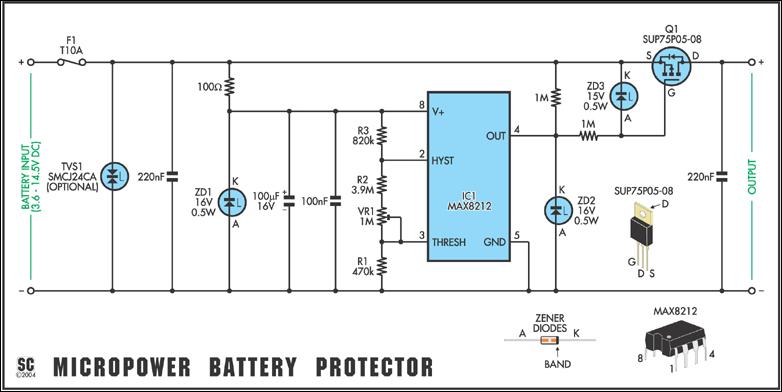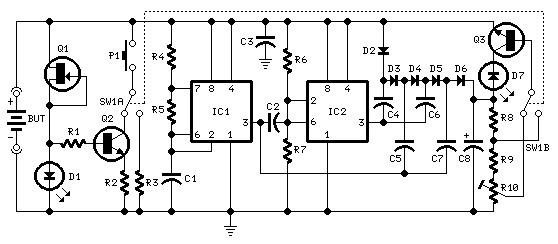
12 v battery charger max 20 a rms
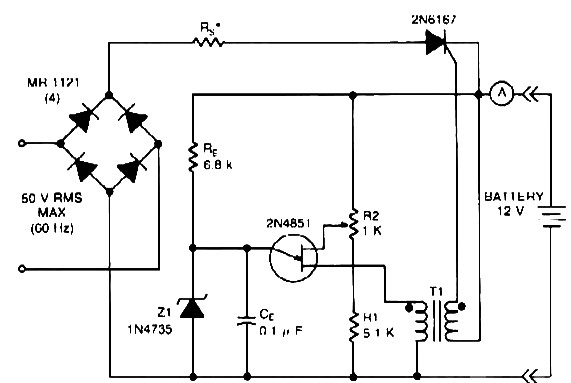
12V battery charger with a maximum output of 20 A RMS power supply. This circuit includes a charging indicator for the battery charger, which enhances the appearance of a simple battery charger. The charging indicator is utilized to verify whether the battery is charging. The core component of this battery charger indicator circuit is the voltage comparator LM393 IC. The D1 LED remains illuminated when at least 25 milliamps of current flows to the battery. This circuit is specifically designed for a 12V battery.
The 12V battery charger circuit is designed to provide efficient charging for lead-acid or lithium-ion batteries, ensuring that the battery is charged safely and effectively. The maximum output of 20 A RMS indicates that the charger can handle significant loads, making it suitable for various applications, including automotive and industrial uses.
The LM393 voltage comparator plays a crucial role in monitoring the charging process. It compares the voltage across the battery terminals to a reference voltage. When the battery voltage is below a certain threshold, the LM393 activates the charging process. As the battery charges and reaches the appropriate voltage level, the comparator deactivates the charger to prevent overcharging, which can damage the battery.
The D1 LED serves as a visual indicator of the charging status. When the charger is connected and current flows to the battery, the LED lights up, providing a clear indication that the battery is receiving charge. The requirement of at least 25 milliamps for the LED to illuminate ensures that the circuit only indicates charging when a significant current is present, thus reducing false positives.
Additional components in the circuit may include resistors for setting the reference voltage, capacitors for smoothing out voltage fluctuations, and diodes for preventing reverse current flow. Proper heat dissipation measures should also be implemented to ensure the longevity and reliability of the charger, especially under continuous high current conditions.
Overall, this 12V battery charger circuit with its integrated charging indicator not only enhances functionality but also improves user experience by providing real-time feedback on the charging status of the battery.12V battery charger Max : 20 A rms power supply. Go to that page to read the explanation about above power supply related circuit diagram. Description ofbatterycharger indicator: The circuit above willmakeyoursimplebatterychargerlook sophisticated. This circuit is a charging indicator forbatterycharger. It s usedtocheckwhether thebatteryis chargingornot. VoltagecomparatorLM393 ICis the heartofthis Battery charger indicator circuit. D1LEDstays litwhenthere areat least 25milli-amps of currentwhich flowsto the battery. This circuit isdesignedspecifically for12Vbatterywith. 🔗 External reference
The 12V battery charger circuit is designed to provide efficient charging for lead-acid or lithium-ion batteries, ensuring that the battery is charged safely and effectively. The maximum output of 20 A RMS indicates that the charger can handle significant loads, making it suitable for various applications, including automotive and industrial uses.
The LM393 voltage comparator plays a crucial role in monitoring the charging process. It compares the voltage across the battery terminals to a reference voltage. When the battery voltage is below a certain threshold, the LM393 activates the charging process. As the battery charges and reaches the appropriate voltage level, the comparator deactivates the charger to prevent overcharging, which can damage the battery.
The D1 LED serves as a visual indicator of the charging status. When the charger is connected and current flows to the battery, the LED lights up, providing a clear indication that the battery is receiving charge. The requirement of at least 25 milliamps for the LED to illuminate ensures that the circuit only indicates charging when a significant current is present, thus reducing false positives.
Additional components in the circuit may include resistors for setting the reference voltage, capacitors for smoothing out voltage fluctuations, and diodes for preventing reverse current flow. Proper heat dissipation measures should also be implemented to ensure the longevity and reliability of the charger, especially under continuous high current conditions.
Overall, this 12V battery charger circuit with its integrated charging indicator not only enhances functionality but also improves user experience by providing real-time feedback on the charging status of the battery.12V battery charger Max : 20 A rms power supply. Go to that page to read the explanation about above power supply related circuit diagram. Description ofbatterycharger indicator: The circuit above willmakeyoursimplebatterychargerlook sophisticated. This circuit is a charging indicator forbatterycharger. It s usedtocheckwhether thebatteryis chargingornot. VoltagecomparatorLM393 ICis the heartofthis Battery charger indicator circuit. D1LEDstays litwhenthere areat least 25milli-amps of currentwhich flowsto the battery. This circuit isdesignedspecifically for12Vbatterywith. 🔗 External reference
